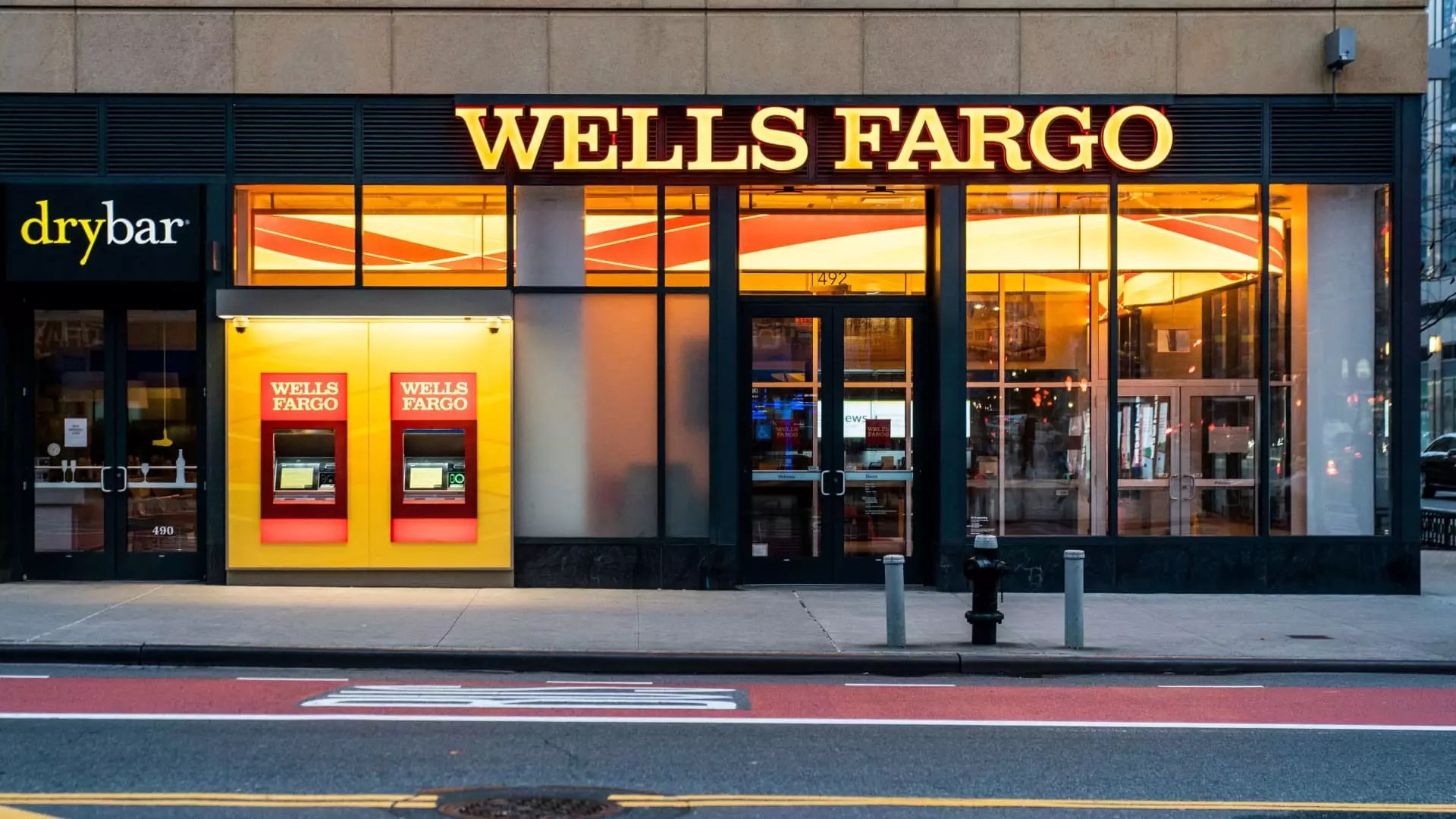On a disheartening Friday, Wells Fargo, the notable American financial giant, reported earnings that fell short of Wall Street’s projections. This downturn is particularly alarming not just for shareholders but for the larger economic landscape. The adjusted earnings per share of $1.33 may appear robust compared to the expected $1.24, but they are offset by a $20.15 billion revenue that missed estimates of $20.75 billion. Such earnings reports cannot merely be brushed off as temporary setbacks; rather, they reveal deeper issues within the bank’s operational viability and the broader economy.
The net interest income, a vital indicator of a bank’s profitability derived from loans, dipped by 6% year over year to $11.50 billion. This is a troubling signal that consumers might be tapping the brakes on borrowing, whether due to rising rates, economic uncertainty, or various global factors. Revenue also saw a considerable decline of 3% from $20.86 billion the previous year, hinting at a shrinking market share. This is particularly noteworthy given that banks usually thrive in periods of rising interest rates; however, Wells Fargo seems to be buckling under pressures from multiple directions.
CEO Charlie Scharf’s Cautious Outlook
In the face of these disappointing figures, CEO Charlie Scharf provided a sobering analysis of the economic environment shaped by the current administration’s trade policies. While Scharf mentioned support for the government’s efforts to eliminate barriers to fair trade, he also stressed the intrinsic risks associated with such substantial changes. “A timely resolution that benefits the U.S. would be good for businesses,” he stated, articulating the delicate balance between bold policy shifts and stability. This is where the center-right perspective shines: valuing proactive trade policies while advocating for caution and careful consideration of their long-term economic ramifications.
The uncertain economic climate, likely influenced by the administration’s trade directives, casts a long shadow over future banking practices. Scharf’s declaration of expecting continued market volatility suggests a pessimistic outlook as we approach 2025 and could have serious implications for how Wells Fargo navigates potential credit loss and investment strategies moving forward.
Share Buybacks Amidst Turbulence
Amidst these challenges, Wells Fargo’s decision to buy back 44.5 million of its own shares, valued at $3.5 billion, raises eyebrows. This financial maneuver indicates a desire to instill confidence in shareholders, yet it also poses questions about the bank’s priorities during a time of declining revenue. Should liquidity be focused on share buybacks or on reinvesting into core operations and bolstering customer confidence?
Moreover, setting aside $932 million as a provision for credit losses, including a decrease in the allowance for these losses, might reflect prudent risk management. However, the optics of buybacks juxtaposed with an increase in provisions creates a perplexing narrative. Are they safeguarding against a bleak economic future, or are they merely masking deeper, unresolved issues within the institution?
The narrative surrounding Wells Fargo’s quarterly performance is not just a reflection of the bank alone, but a microcosm of the potential turbulence facing the entire financial sector. As market uncertainties loom and banks like Wells Fargo grapple with their futures, the long-term implications of these earnings reports merit critical examination.


Leave a Reply